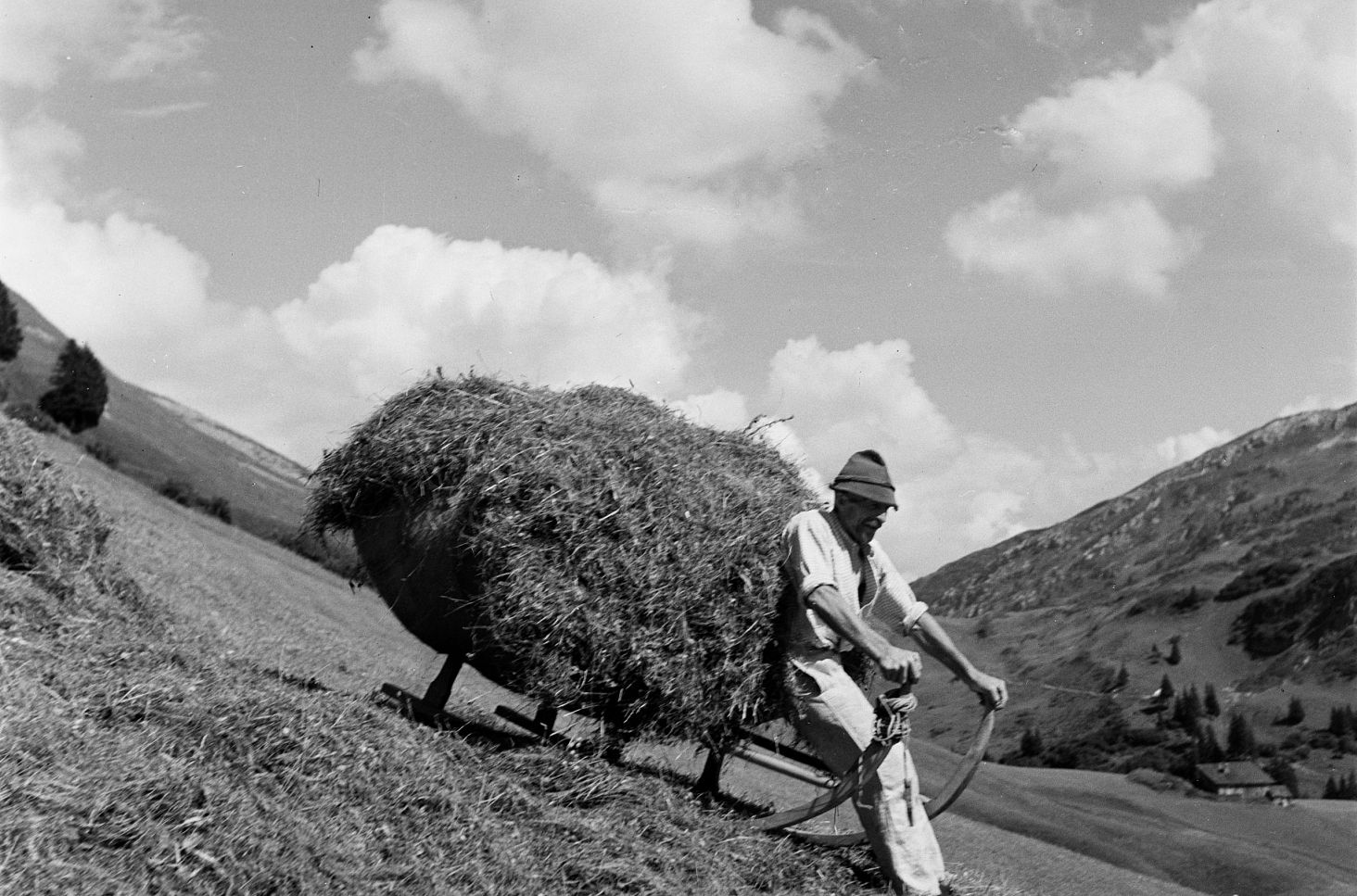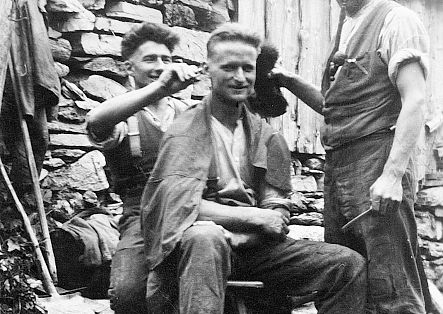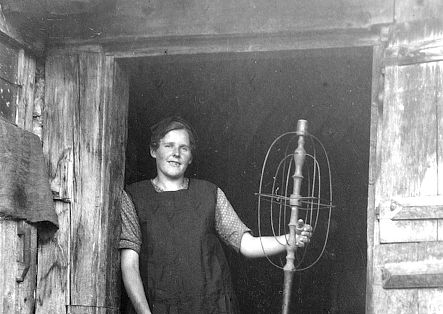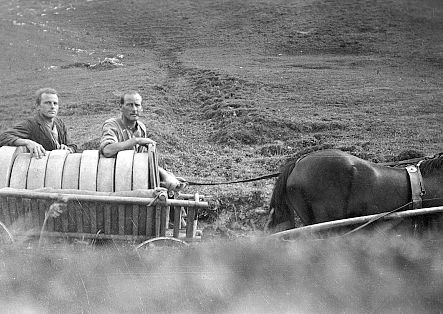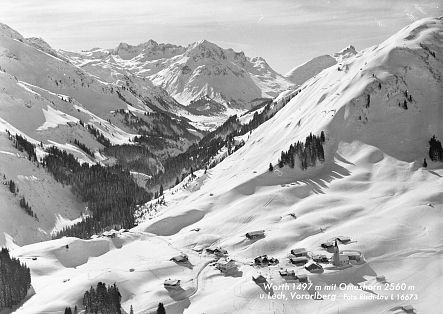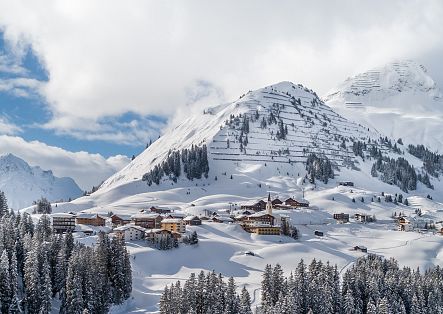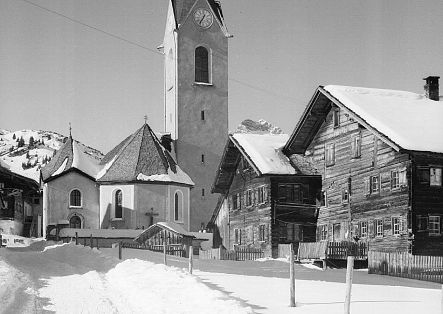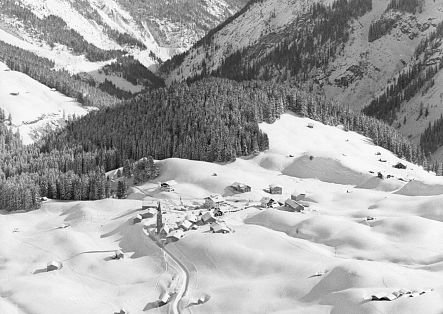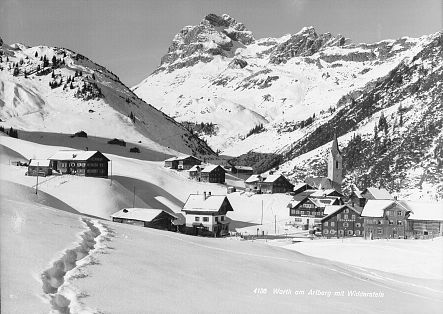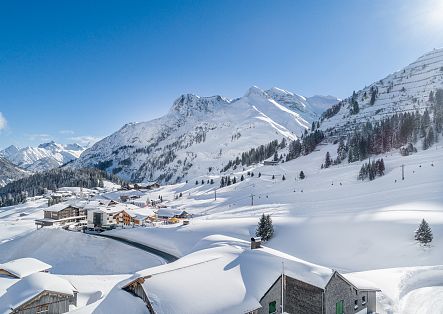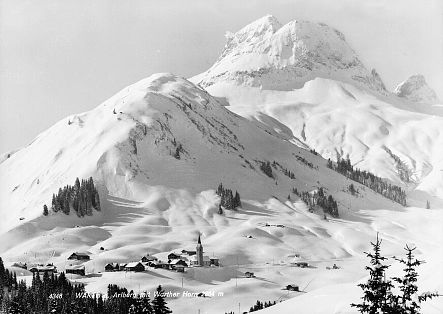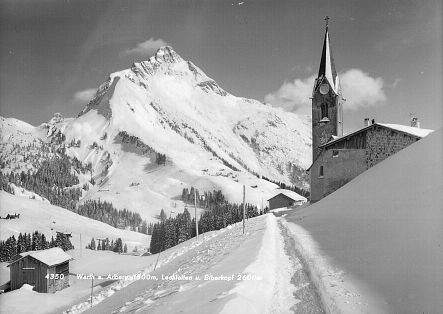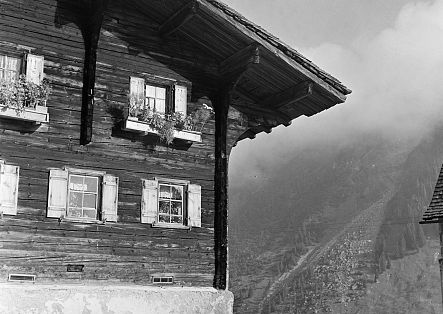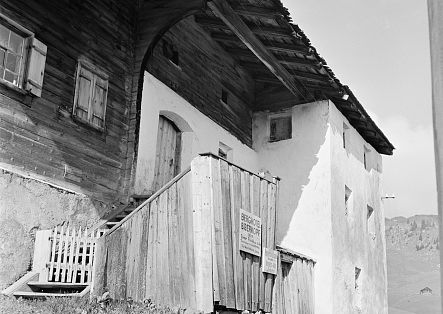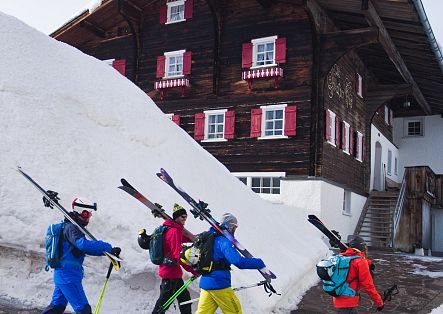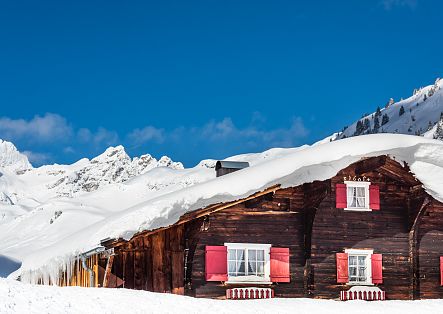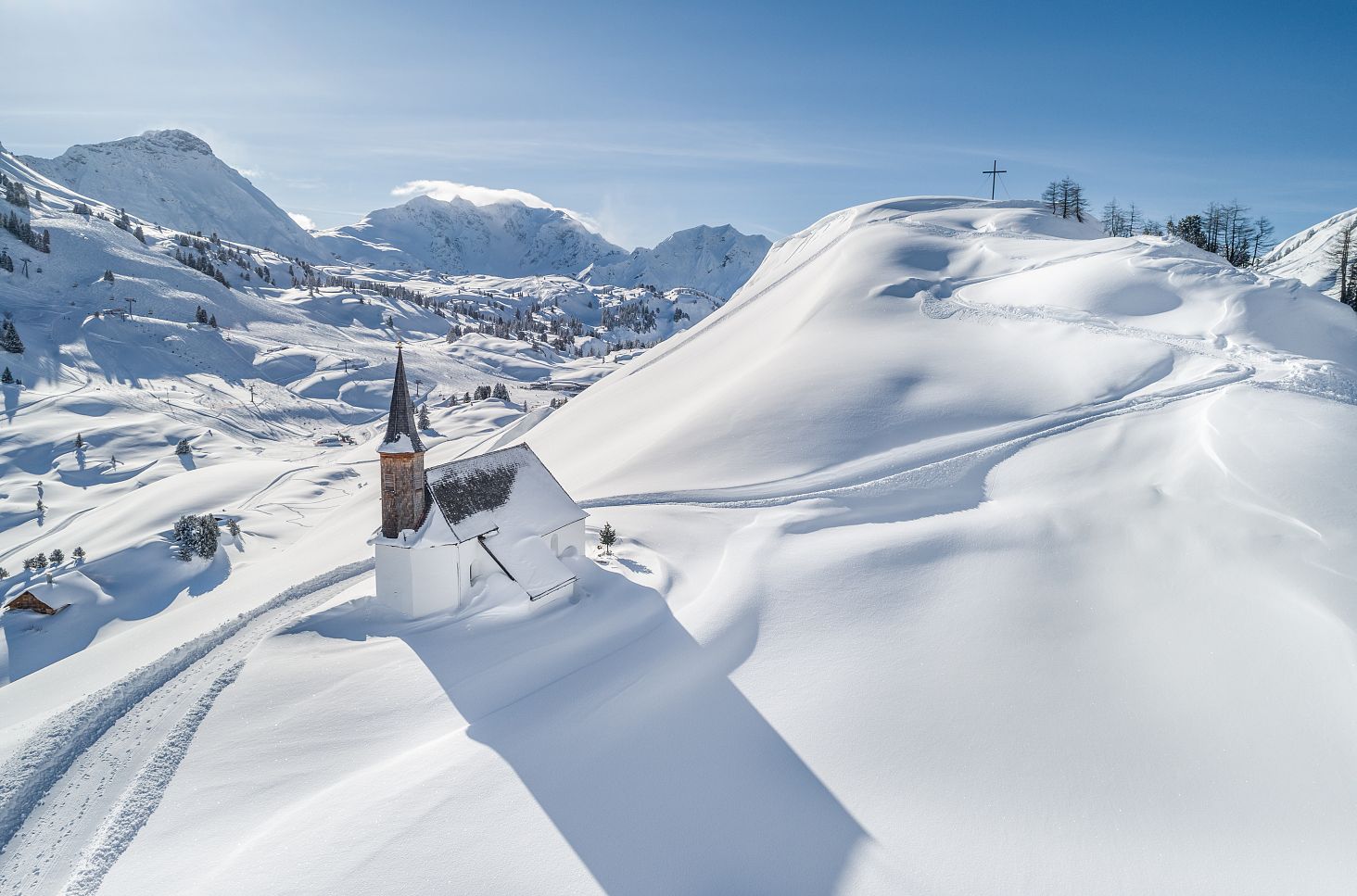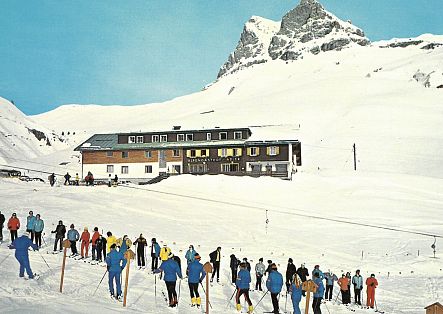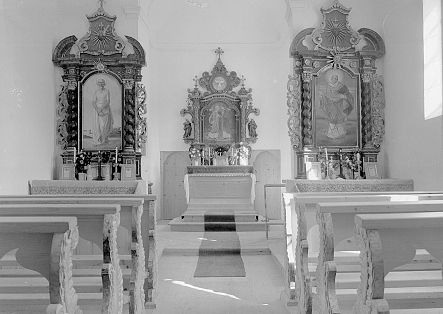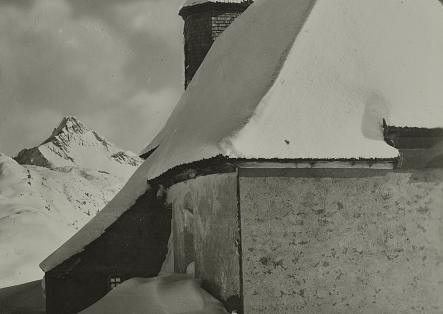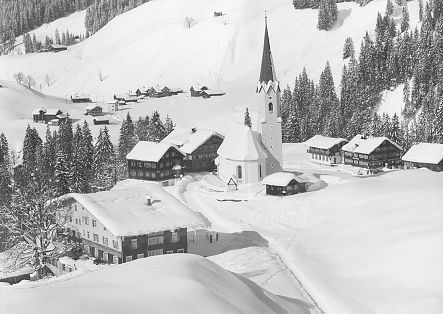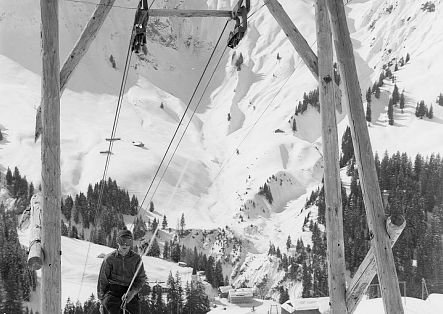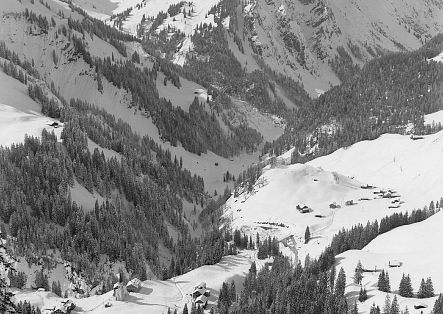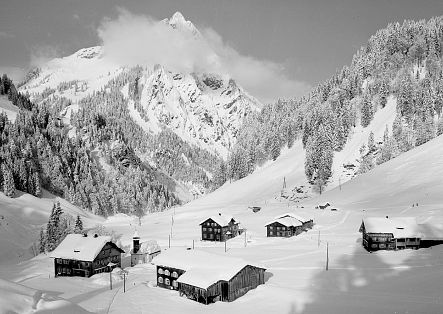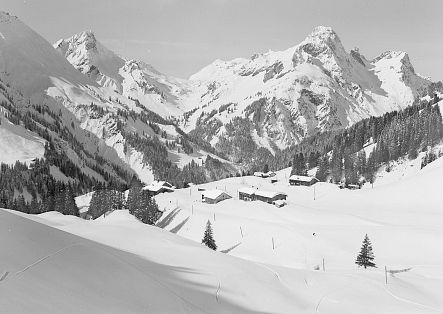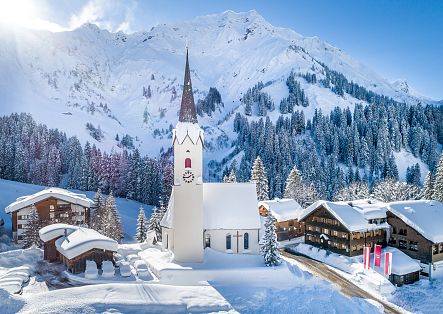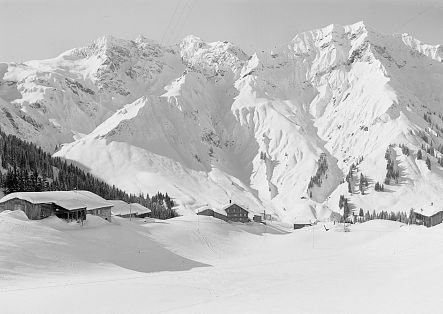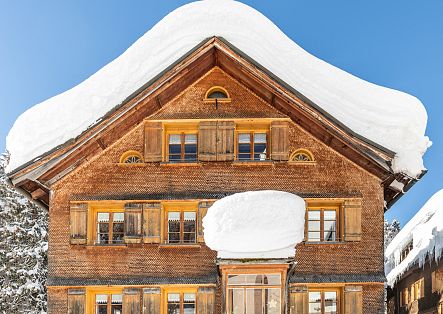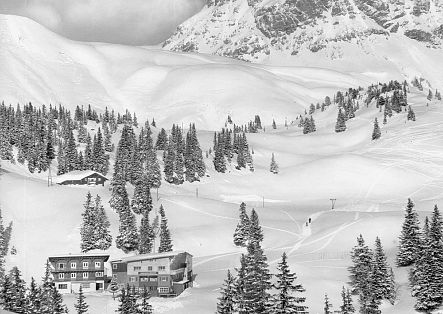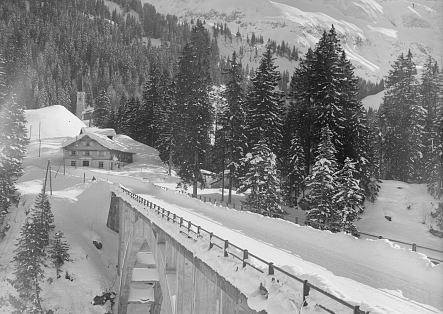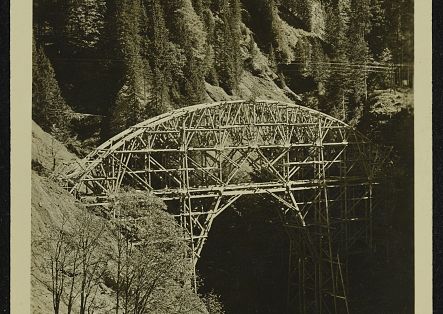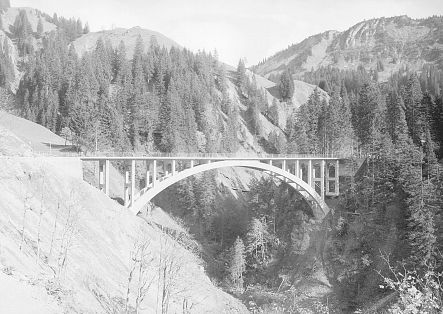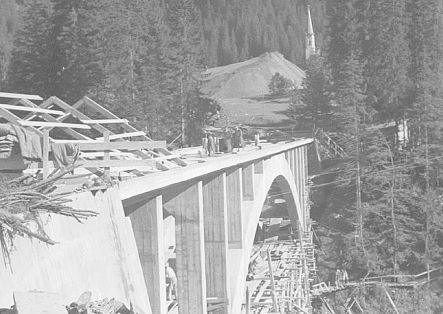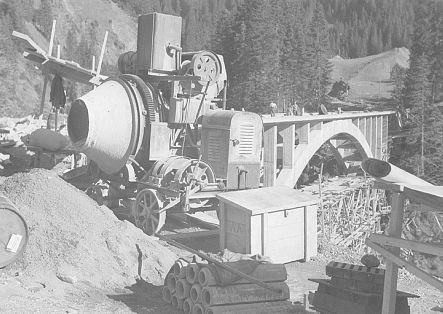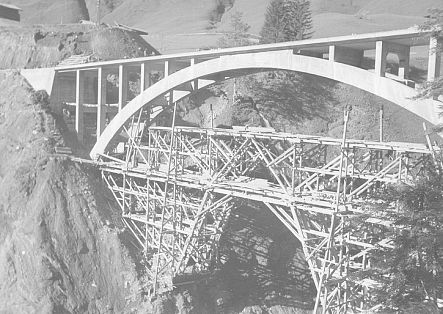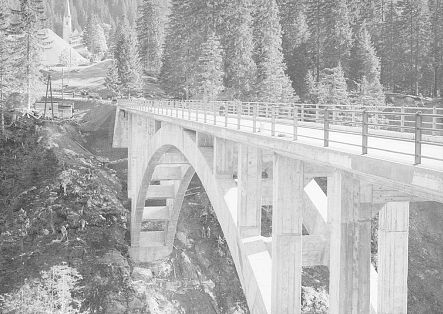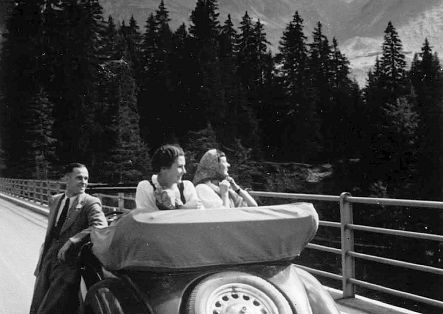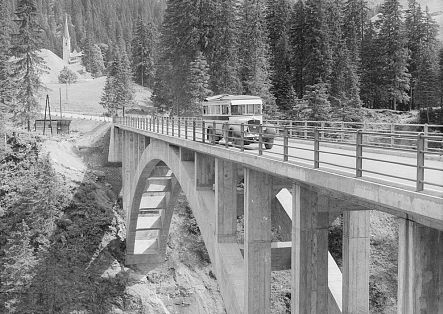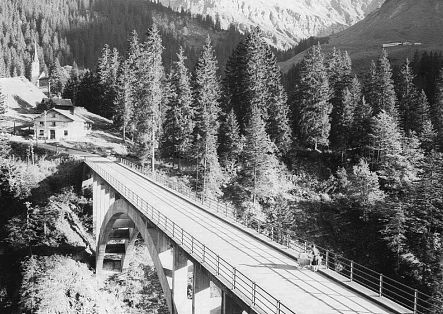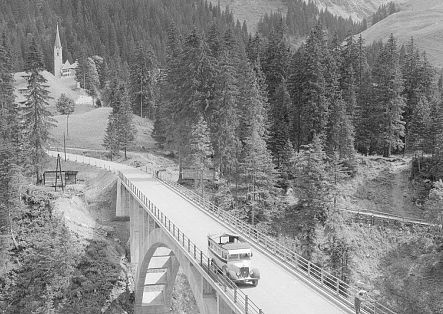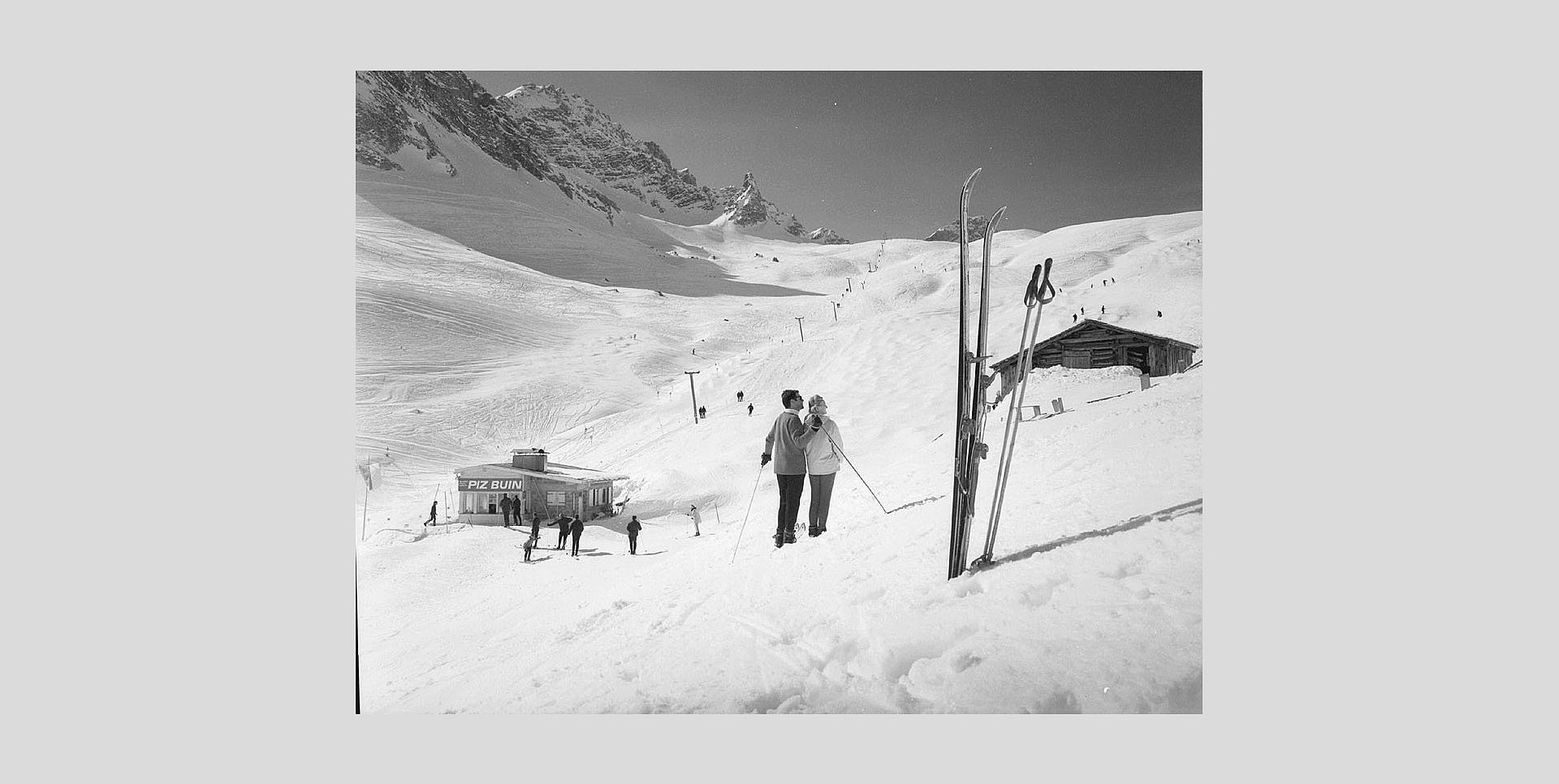
History, tradition and a touch of originality.
Two mountain villages straight out of a picture book: original, traditional and full of stories. Here, tradition meets originality - with a good dose of independence. Warth and Schröcken are not just places, they are experiences - shaped by the Walser culture that has been at home here for centuries. Often described as unique, the only “unique” thing about these places is their unmistakable history: anyone who believes that the people of Warth and Schröcken are part of the Bregenzerwald may be right geographically, but it's not quite right. Because the Walser spirit reigns here. Different costumes, different traditions, different dialect. So different, in fact, that even the transition from elementary school in Warth-Schröcken to secondary school in the neighboring village just 20 minutes away used to be tantamount to a culture shock: the Wälder dialect was a real tongue twister for many Walser children.
"At first, I wondered where I had ended up. I didn’t understand anything – fortunately, the lessons were in standard German."
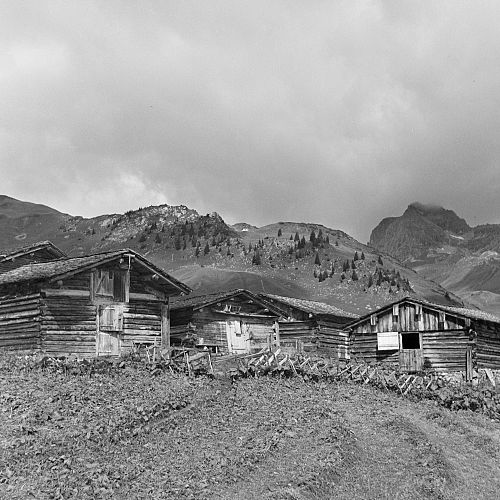
The Walser: Pioneers of the mountains.
In Warth and Schröcken they found an inhospitable high mountain landscape in which they made a home with courage, skill and ingenuity.
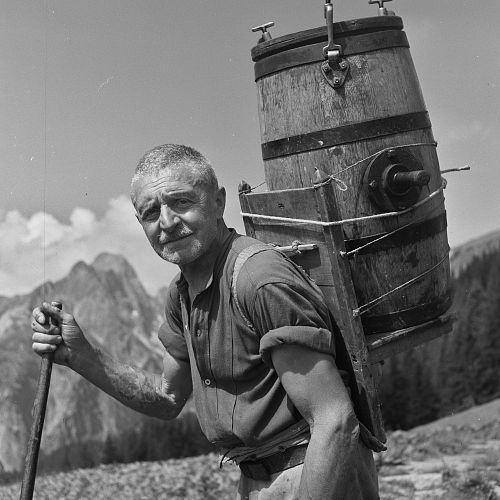
Masters of survival and craftsmanship.
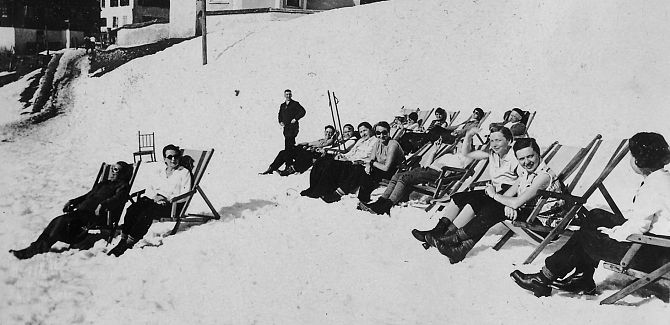
Snow, snow & more snow.
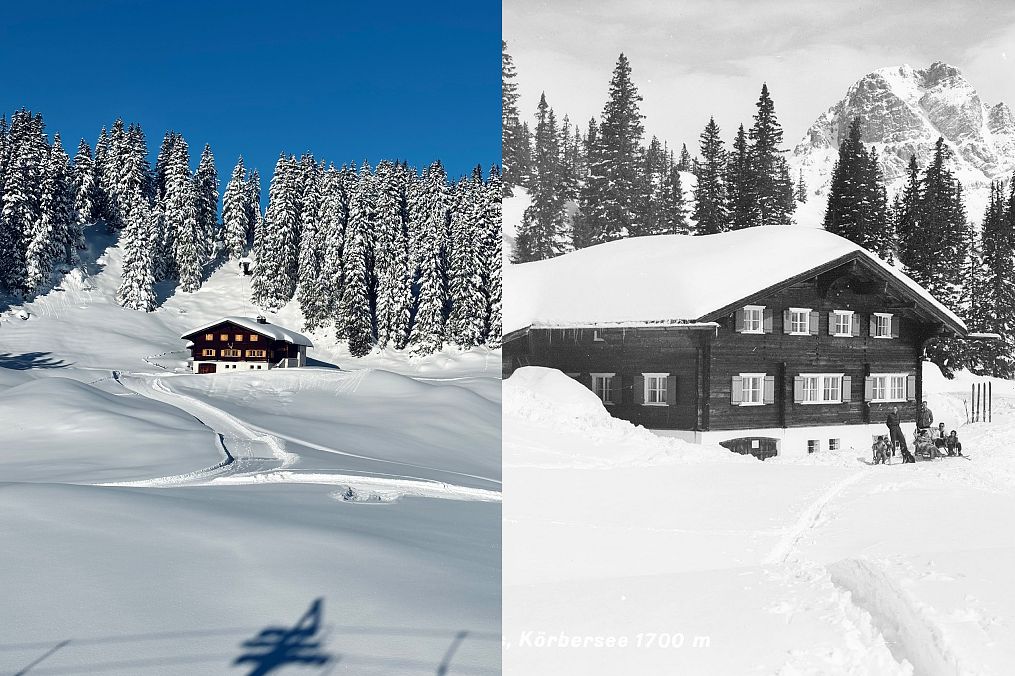
Warth.
A mountain village that combines tradition & future.
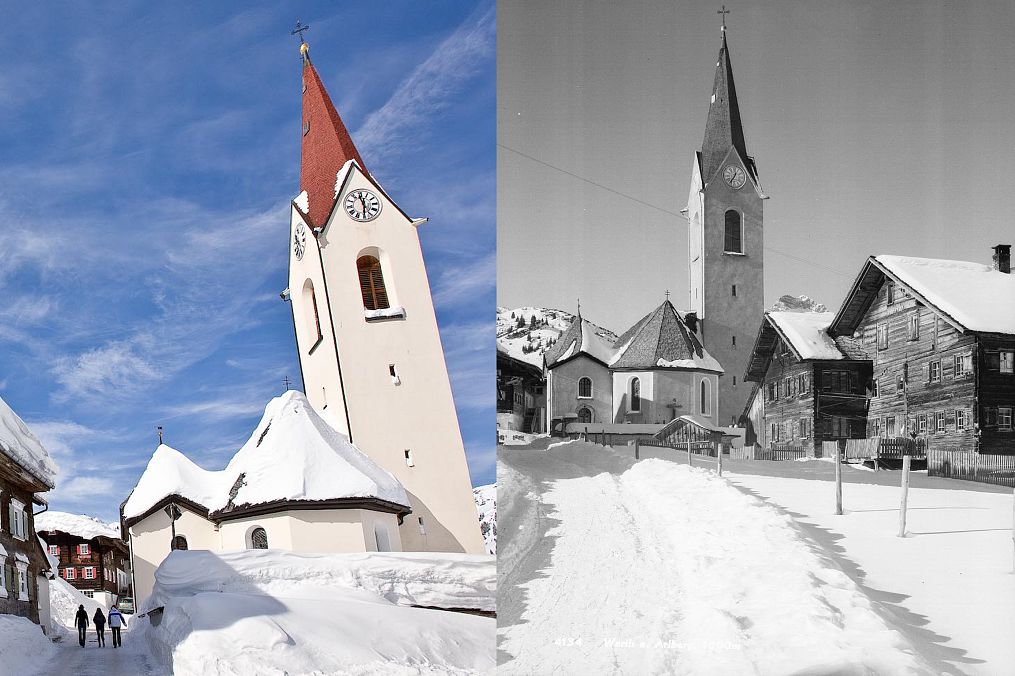
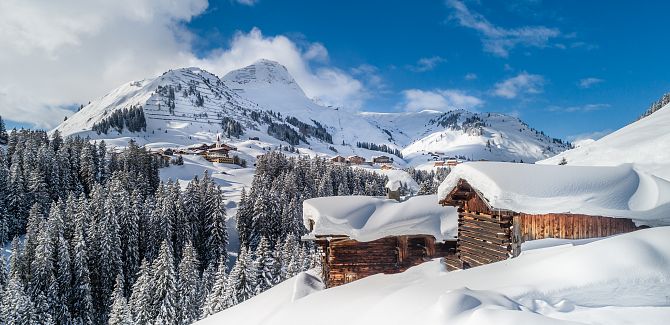
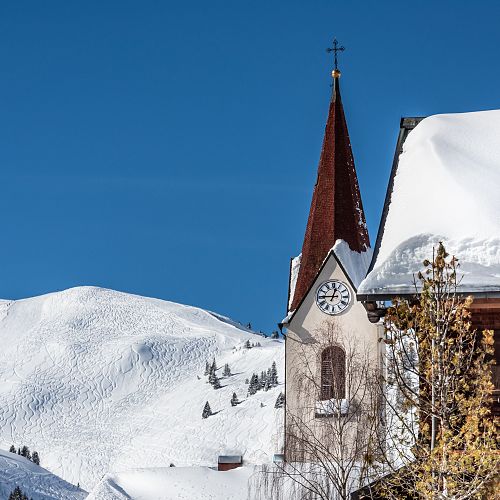
St. Sebastian parish church.
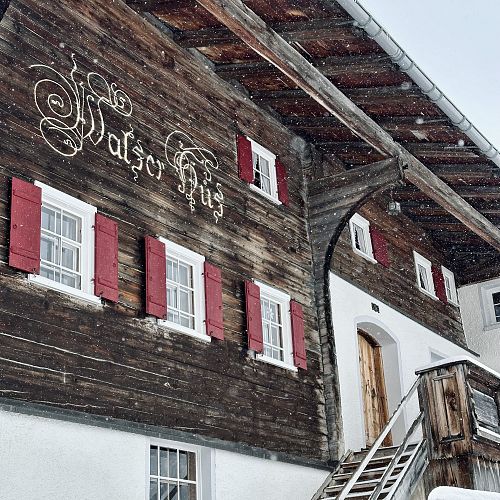
Walserhus: magnificent building craftsmanship & ancient, imposing dwelling.
The location right next to the parish church of St. Sebastian, the architecture and the dimensions suggest wealthy former owners. A look in the attic reveals finds from the 15th century and makes the history tangible. Yes, you read that right - 1400 something! The construction method? True carpentry. The so-called knitted construction is the star of the show: beams are artfully interlocked here and stack up as if by magic to form a stable, imposing whole. Then there is the striking gabled or purlin roof, which rests majestically on the raised gable walls - simply wow! But the details are also impressive: the traditional “arbor” in front of the entrance door - a kind of mini platform - welcomes you with its typical Walser character. Even today, the Walserhus can only be admired from the outside, as it is still inhabited.
Hochkrumbach.
From a place of pilgrimage to an abandoned community.
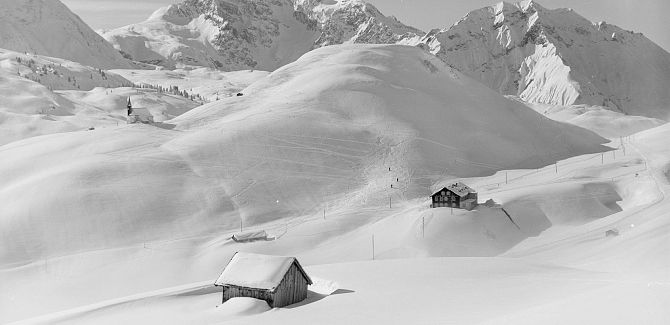
Here is a brief excursion into the history of Hochkrumbach: in 1687, Krumbach became its own parish when it was separated from the mother parish. From 1777, there were even school lessons and as late as 1835, five boys and four girls received lessons in Hochkrumbach. While Hochkrumbach had twelve houses inhabited all year round and 50 communicants in 1692 and 13 stately Walser houses in 1800, by 1840 Hochkrumbach was already described as the smallest and poorest parish in the country. Due to emigration, only 20 souls remained in 1860 and so the parish was dissolved in 1856.
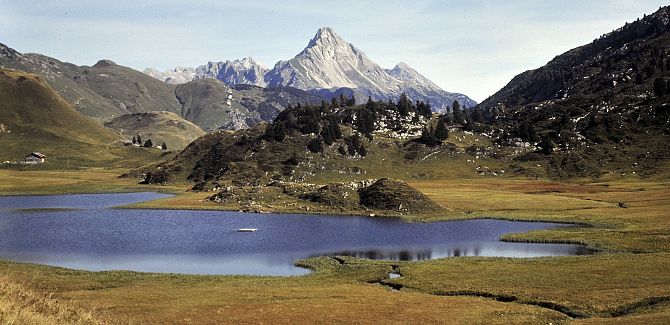
Kalbelesee: A lake full of secrets.
It is said that when the wind blows through the grasses on the shore of Lake Kalbelesee, a little bell can be heard: the miserable ringing from the bottom of the lake. This is where a beautiful calf is said to have sunk into the ground together with its proud owner. Legend has it that the rich farmer from the Bregenzerwald worshipped his magnificent calf so much that he had it baptized at the stream like a human being. However, his arrogance did not go unpunished and so the earth opened up and swallowed the poor animal along with the infatuated man. The dark pit then filled with water, creating Lake Kalbelesee. Today, the lake is a valuable biotope with rare flora and fauna - a place where the legend of the past meets the alpine idyll of today.
"Calf and farmer were devoured by the ground."
Schröcken.
A scattered settlement full of life.
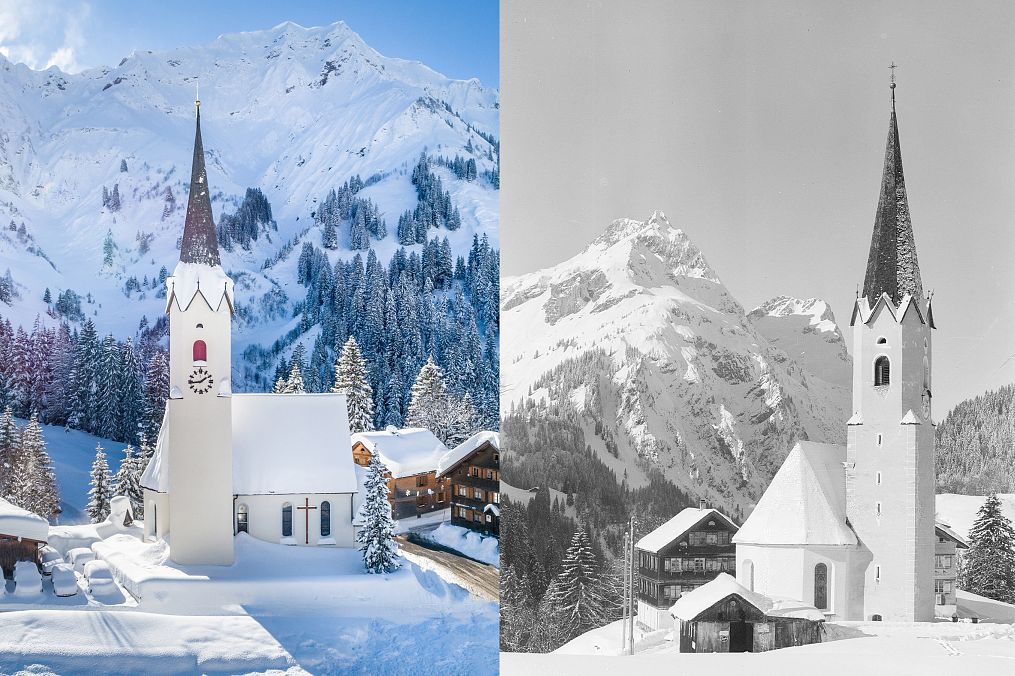
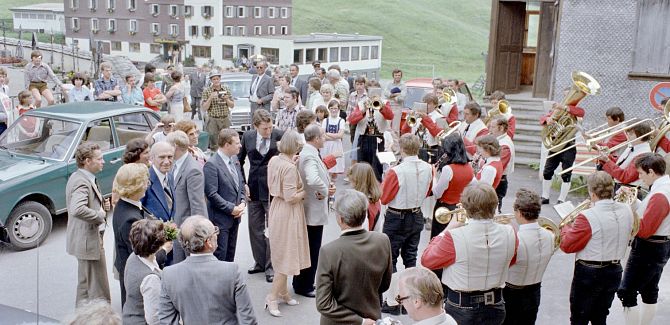

Maria Himmelfahrt parish church.
Exterior: The neo-Romanesque nave and the slightly recessed choir sit under a gabled roof. Rarely seen is the tower with its octagonal upper storey and round arched shell openings. Particularly impressive inside: the stained glass on the arched windows, which decorate the choir with scenes of St. Agnes and St. Aloisius.
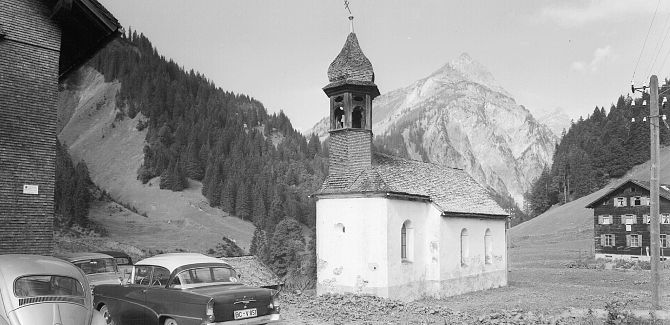
The Tannberg bridge & the oldest chapel in Warth-Schröcken.
Before this bridge was built? Phew, the path was an adventure. The Wolfstobel gorge had to be laboriously crossed - no walk in the park when the inhabitants were on their way to the parish church built in 1639, for example! Fortunately, there was an early alternative for the devout inhabitants on the other side of the Wolftobel: the Chapel of the Annunciation in Unterboden.
And this chapel? A real historical gem. Initial documentation dates back to 1269 - yes, you heard right, medieval throwback! Supporting evidence has been dated to around 1600 with remains of walls - making it the oldest sacred building in the village. Today's chapel, which was demolished and rebuilt between 1774 and 1778, shines in baroque splendor and tells stories of times gone by. The neo-Gothic altar, which dates back to the 18th century, is particularly impressive. And on the side walls? The pictures of St. Apollonia and St. Theresa, which are probably even older, shine there. Chapel of the Annunciation & the Tannberg Bridge - further evidence of eventful history.
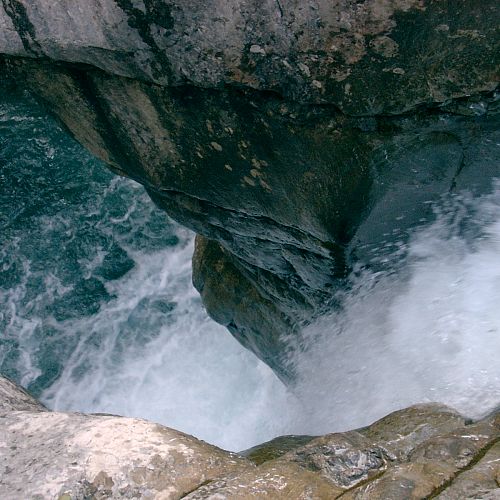
The glacier mill - a geological hit with a wellness factor.
"These are devil’s holes! A true work of witchcraft, or perhaps even the work of Satan!"
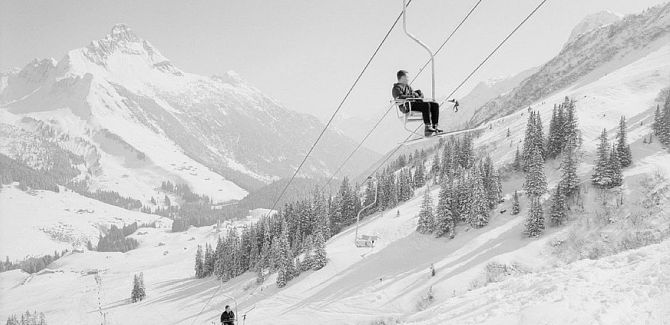
Conclusion: More than just a winter fairy tale.
"Up here, where the air is clear and the people are warm-hearted, tradition comes alive and snow becomes a way of life."
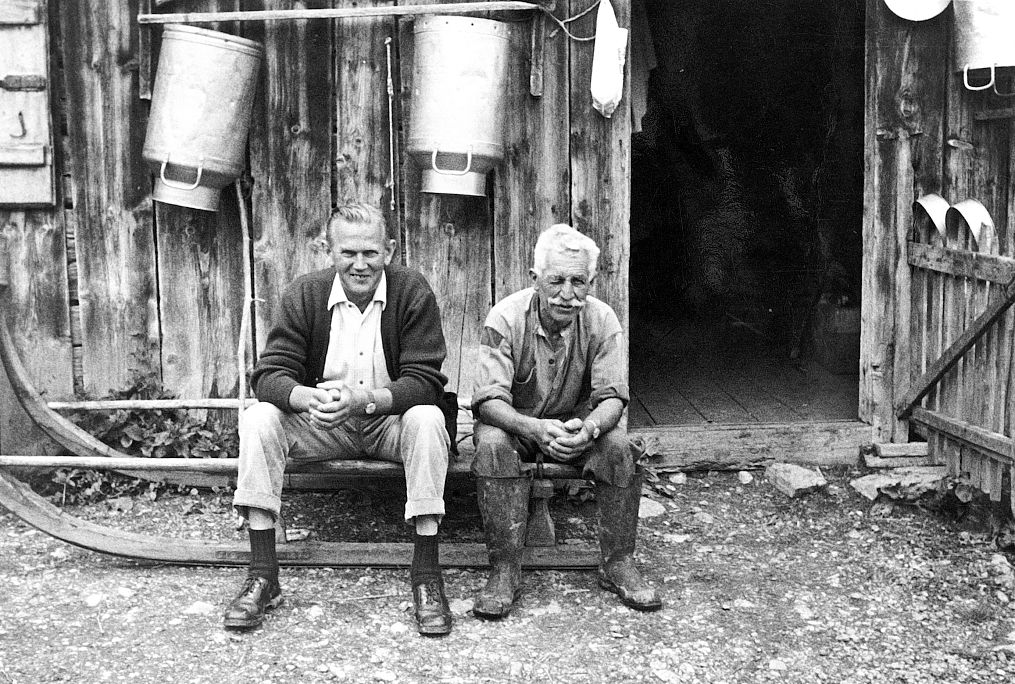
Photos: Vorarlberger Landesbibliothek / Risch-Lau / Franz Beer
